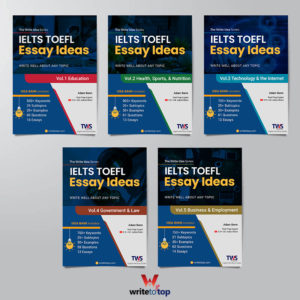Although there are endless ways to learn new vocabulary, and you should definitely go with the one that works for you, here is one that Adam finds to be very effective.
The idea is called ‘chunking’, which means learning words in small, related groups, or chunks, that relate to a specific topic, like shopping. Learning words in relation to one another helps you remember them in that relationship, so you have an added tool to recall them and then later apply them in other contexts.
Words should also be collected in categories. Here are six categories we use:
- context/situation/function/purpose (e.g., Consumer behaviour: impulse, attitude)
- collocations (verb and prep, noun and prep, verb and noun, etc.), phrasal verbs and idioms (e.g., on and off, heavy handed, stands to reason, agree with, put off)
- form and/or pos (gerund vs. inf, adjective vs. noun, etc.), roots, prefixes, suffixes (e.g., consume, consumer, consumption; electrify,
- secondary/tertiary meaning and/or less common uses (e.g., shoulder (v.), wake (n.), take (n.))
- relation (synonym, antonym) or misunderstanding (e.g. equivalent vs. reciprocal; remember, recall, recollect)
- association (e.g., lend and borrow, benefactor and beneficiary) or commonly confused/misused words (comprise, compose, affect effect, etc.)
To really remember these words, write them with a definition, synonyms, and other forms, and then use them in sentences, both for the related topic and then other contexts.
For a more detailed explanation, see our video at https://www.youtube.com/watch?v=fIJE8elxc7g
-
Sale!

Do you want a higher IELTS or TOEFL Task 2 / Independent essay writing score? Are you having difficulties thinking of words and ideas to use in your essay? To help you prepare to write for any task and get a high score on the...
Rated 4.65 out of 5 based on 37 customer ratings
